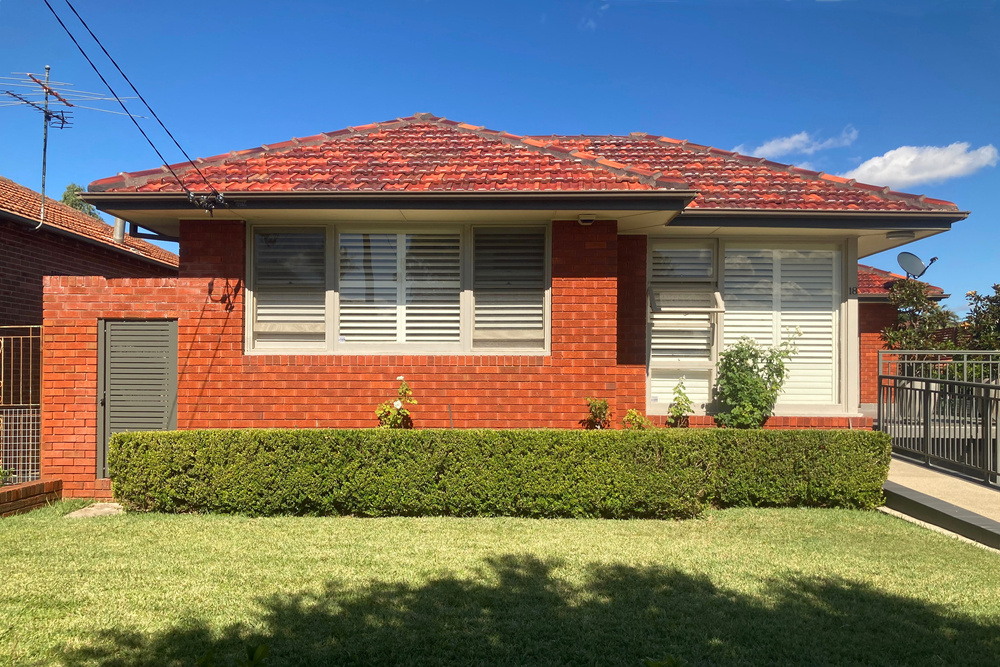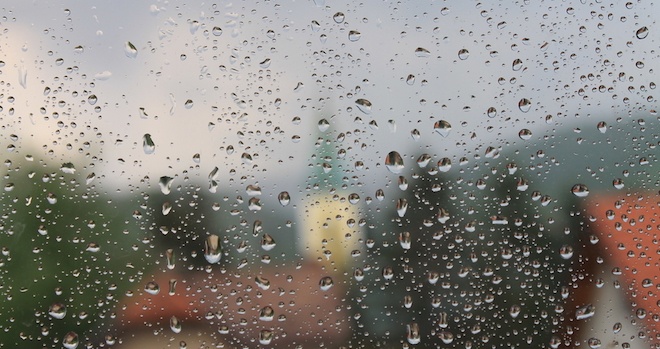
Jul
Teaching your kids about storm safety

While the possibility of storms in Brisbane are at their highest during the months of September to March, storms can occur at any time of the year.
On TV, radio, print, and online, the government and bodies such as Energex run ads discussing the dangers of storms, of venturing outside or going near fallen powerlines. Most of these ads, however, are aimed at adults. If you have children or regularly look after kids (e.g. a babysitter), then being able to educate them about storm safety is incredibly important, especially as there are some safety precautions that are often unique to them.
Stay away from the windows
When a big storm hits, strong winds or hail can be enough to cause fractures to or completely destroy windows. We all know that once glass breaks into little shards, it's a big danger. Teach your kids about why glass is dangerous in little shards and remind them that if a big storm ever hits, for them to stay away from the windows - only adults can go near them. After all, you may need to reinforce them or place something down over any broken shards. If you can set up a little safe spot for the kids where they can bunker down and feel safer, that's always worth putting together.
Don't go outside
The safest place during the storm is always inside a solid shelter, which your home no doubt qualifies as. While young kids do love running around outside and exploring, they need to be aware of how unsafe the outside can become. Strong winds, heavy rain, hail, lightning - all of these things can put lives at risk, regardless of age. Tell them that if they wait out the storm inside, you can go exploring after it has passed. Kids do love to jump in rain puddles.
Water and electrical devices
Teaching kids about how water is a conductor of electricity and can pose a massive health risk is an absolute must. When an electrical storm hits, make sure they stay away from water and don't use the tap, shower or anything else where water that can be electrified from outside comes into direct contact with them.
Another risk are electrical devices themselves. Any device that is powered when plugged into a wall socket (e.g. desktop computer, TV, video game console, etc.) should not be used, and you should disconnect your landline phone if you have one. While in theory it is safe to use mobile devices that aren't plugged in, it's best to deter use as it helps support the wider lesson of avoiding electric devices during storms.
Have a safe place
As we noted in the section about avoiding windows, creating a safe place for your kids is helpful when a big storm hits. Depending on the severity of the storm and the age of your kids, they can be frightening affair for younger ones. Have your kids ever run over to you when a big blast of thunder echoes throughout your home? Doing what you can to make them feel safe will make it much easier for them to listen to what you're saying and follow your advice.
One suggestion is something like a little pillow or blanket fort that can be easily put together when a big storm is on its way. Once the storm starts, they can stay in there and feel comforted by the sense of a safer space that creates the illusion of being separate from the home and, by extension, the storm outside.
You can always read more on how to be prepared for different storm and disaster scenarios via the Brisbane City Council site.



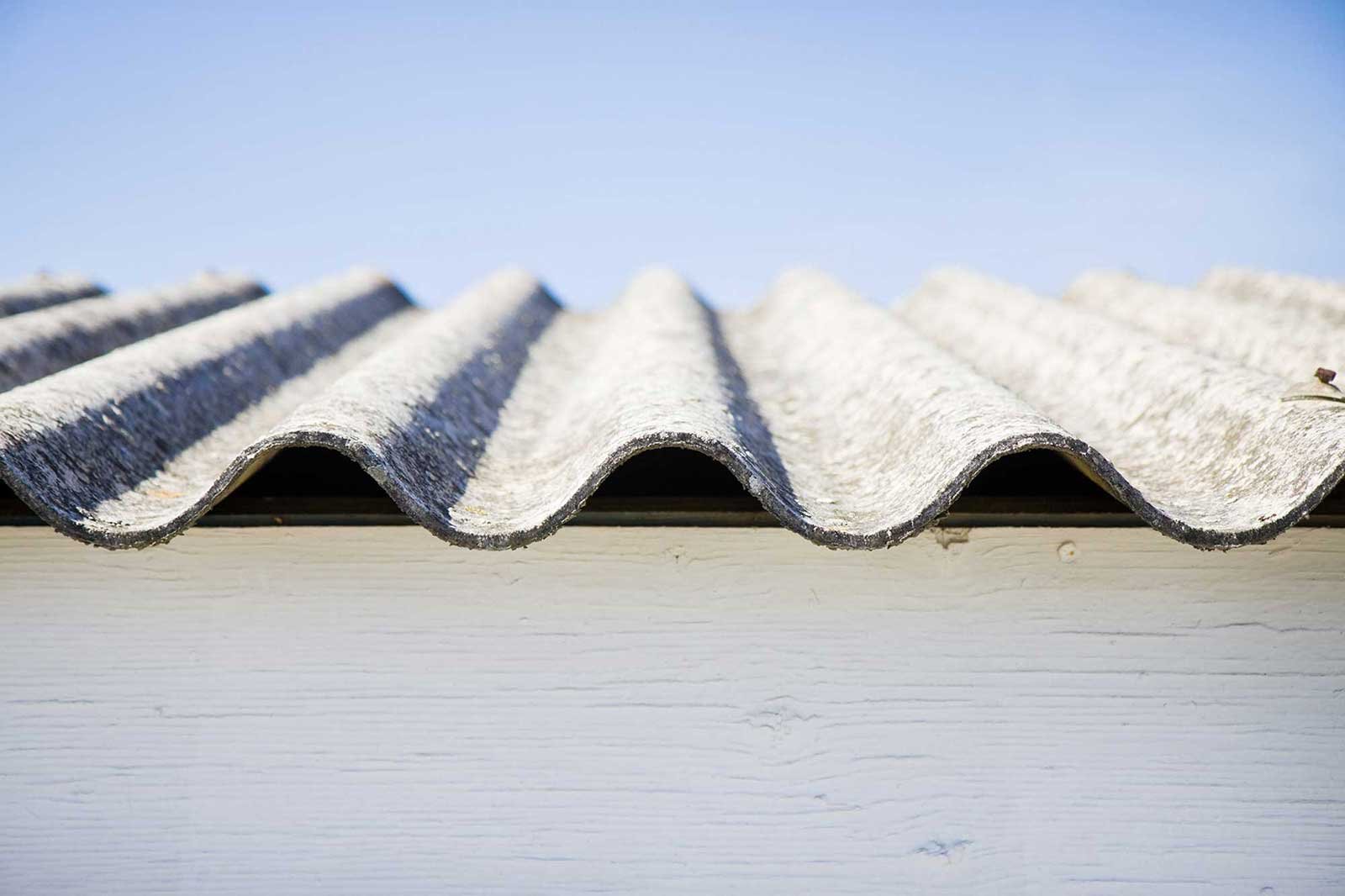




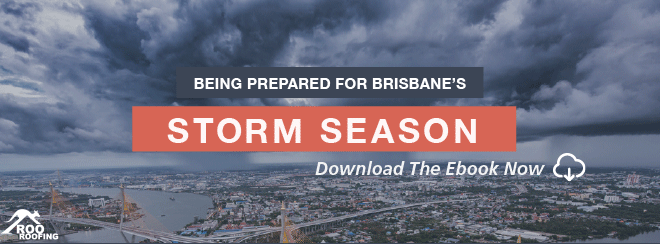
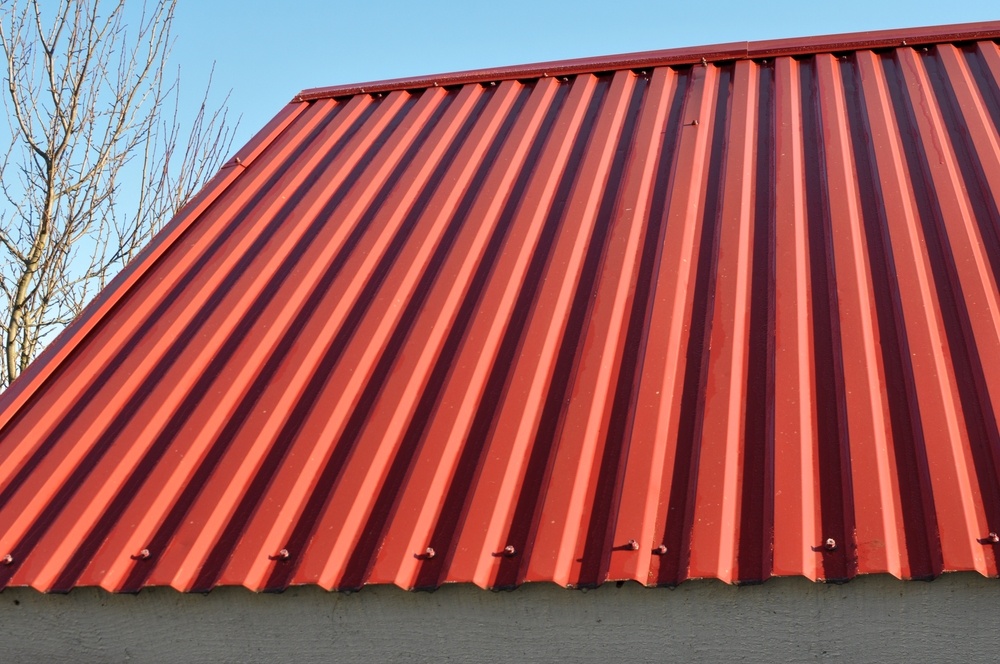
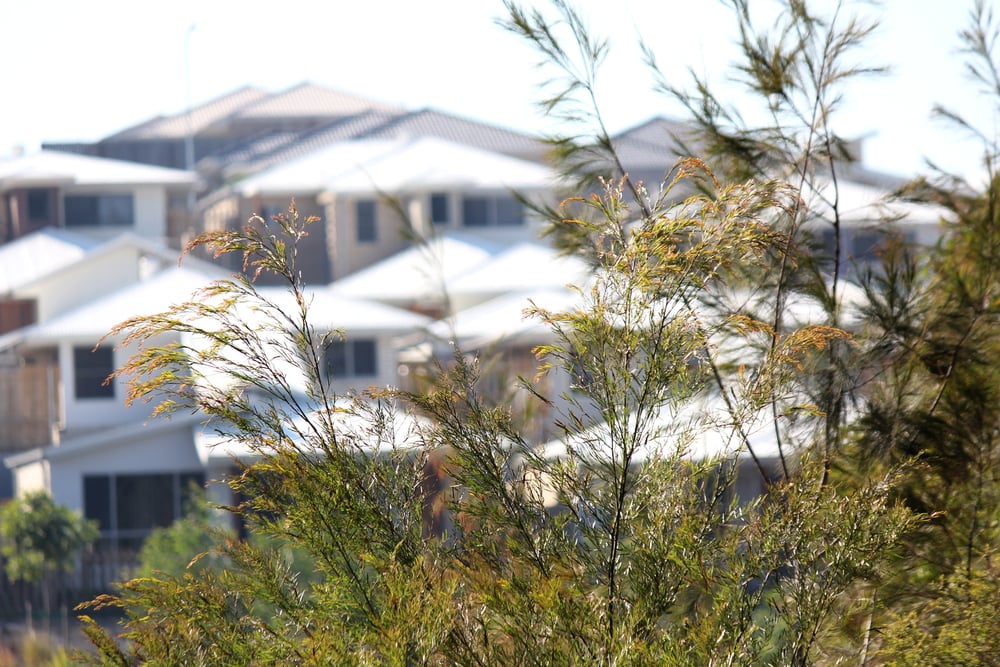

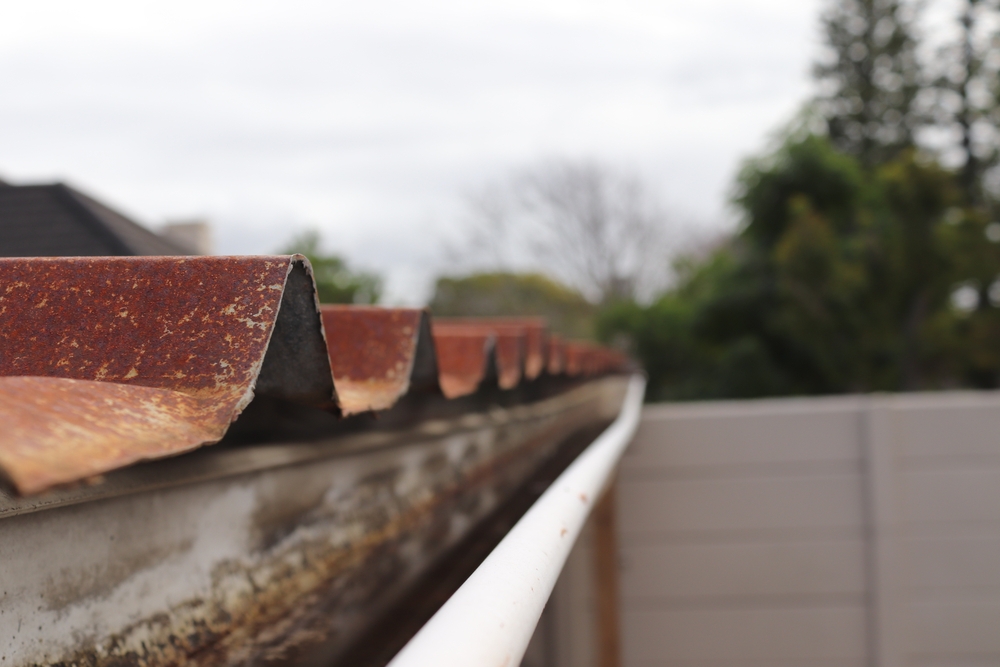
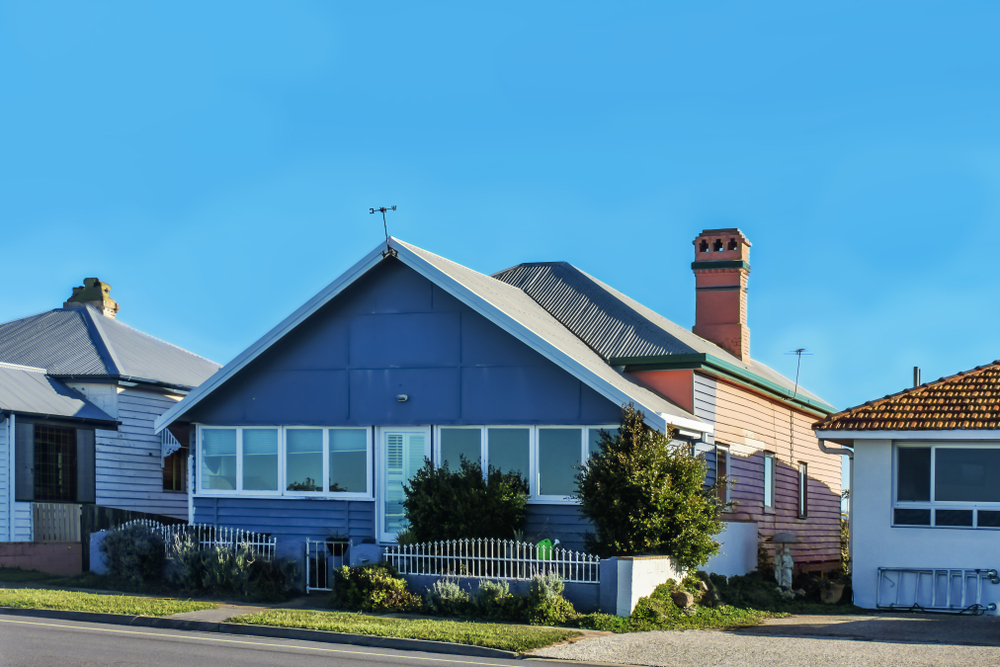
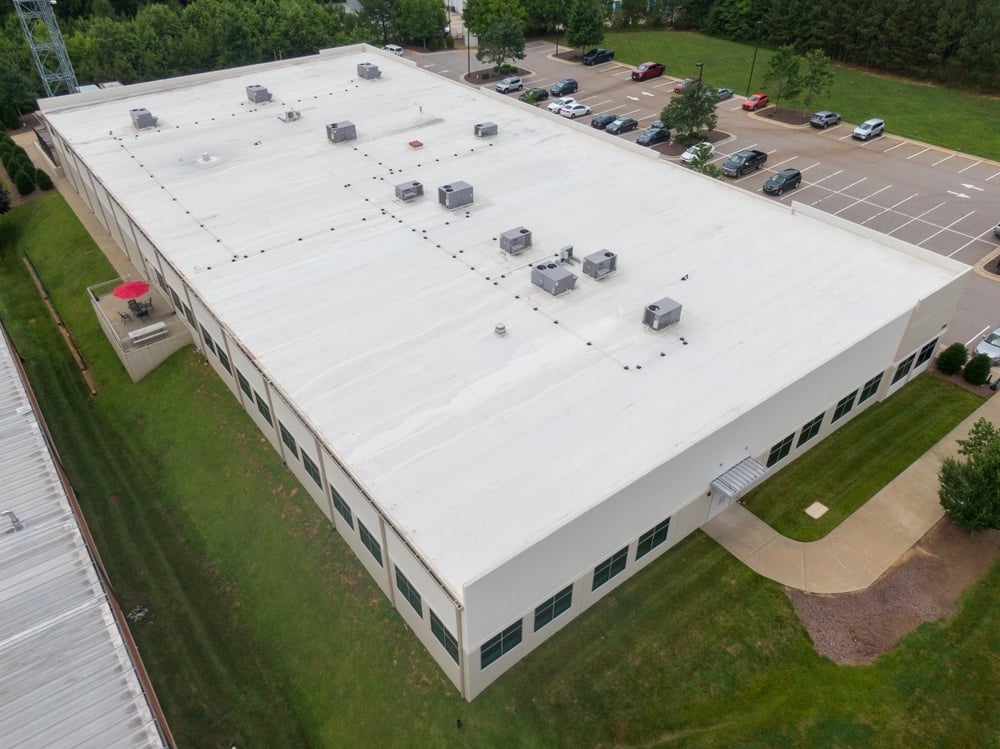
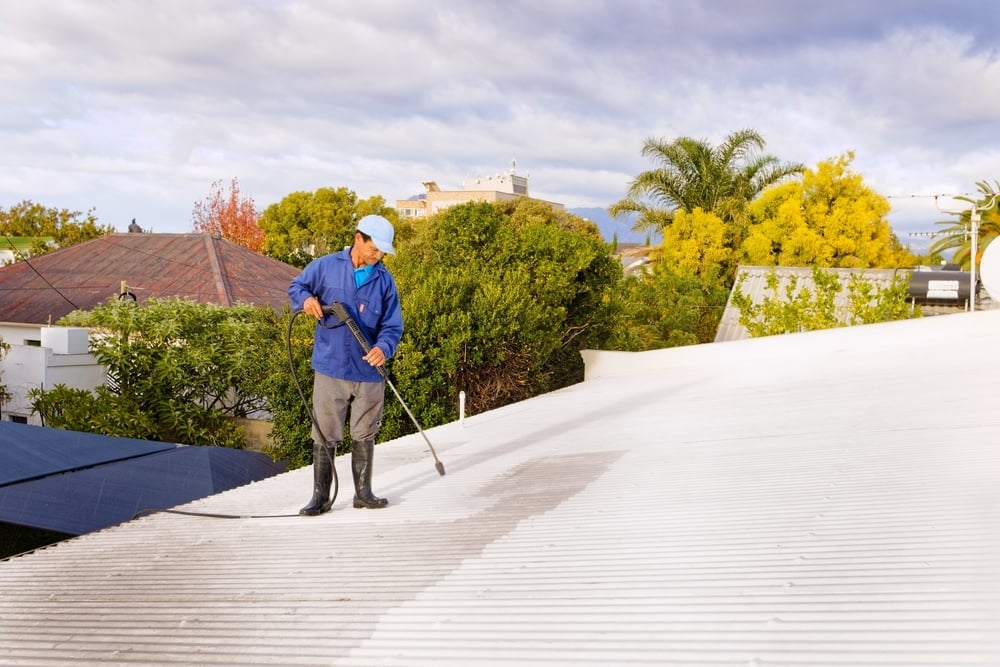
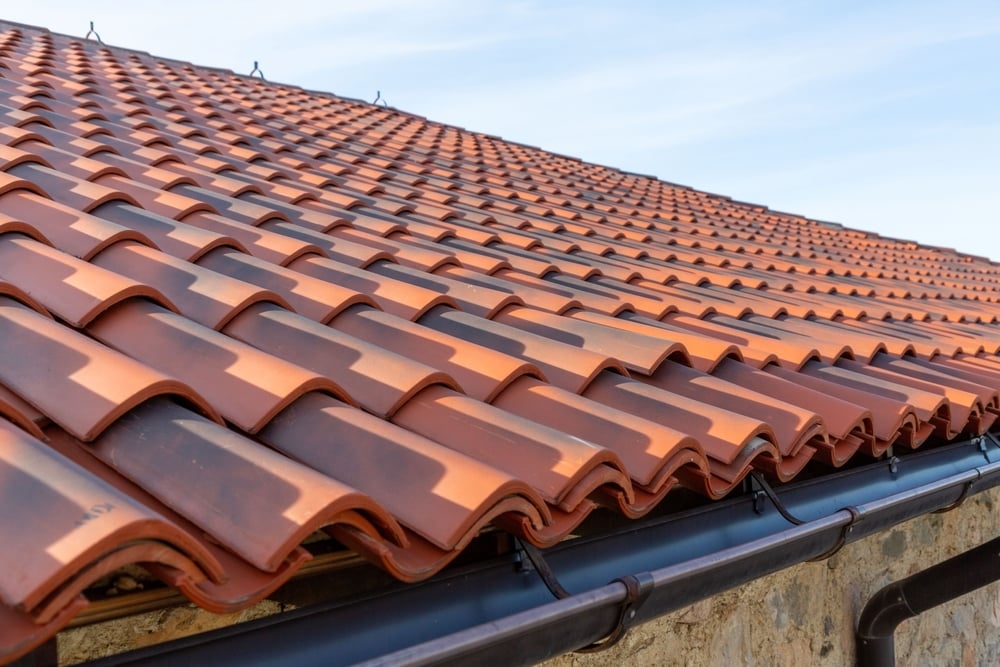
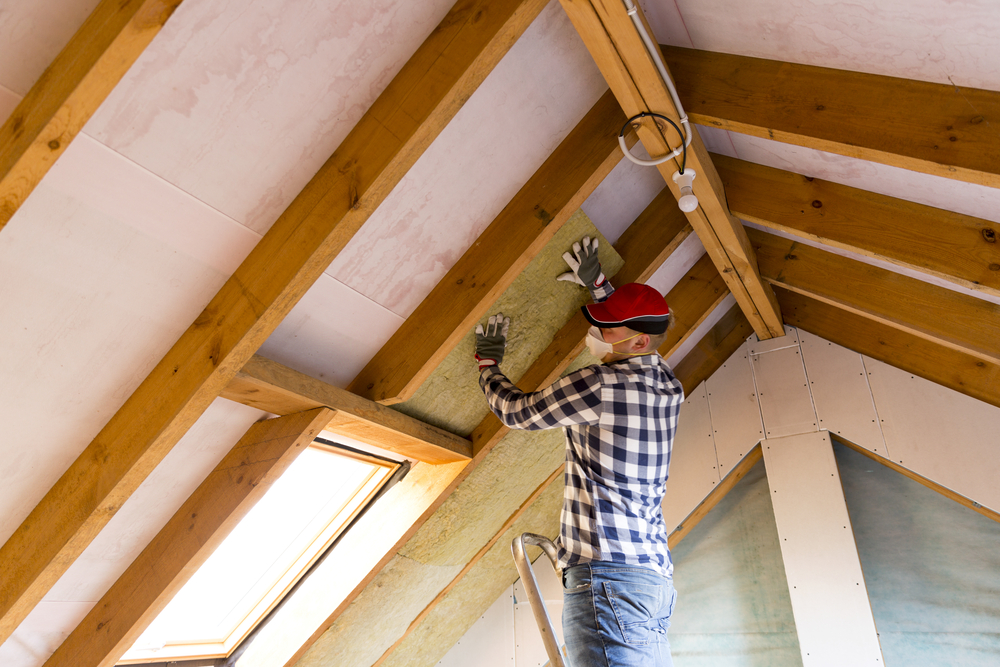
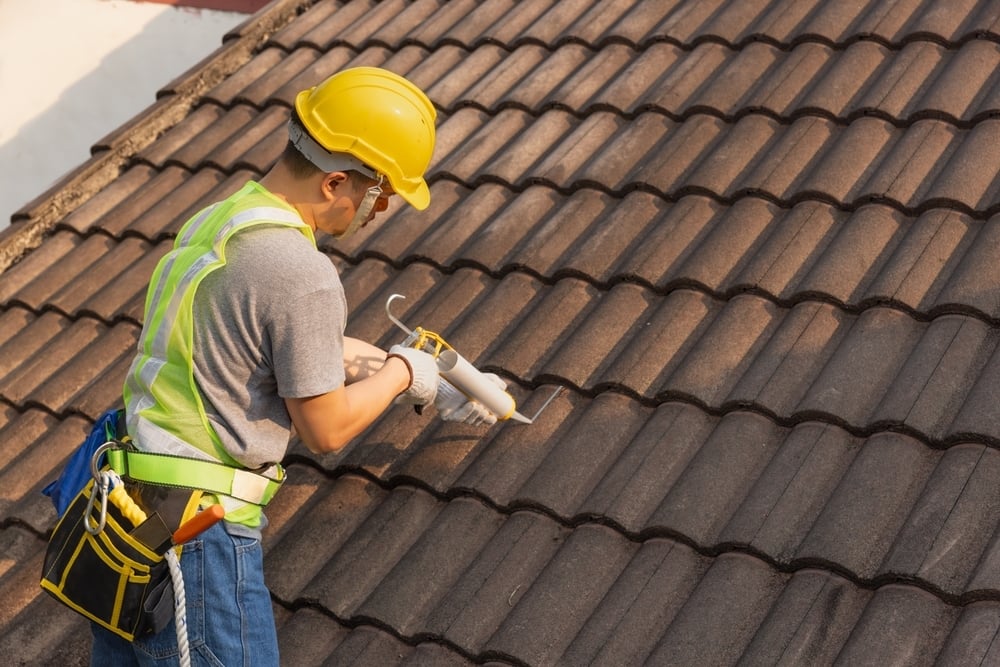
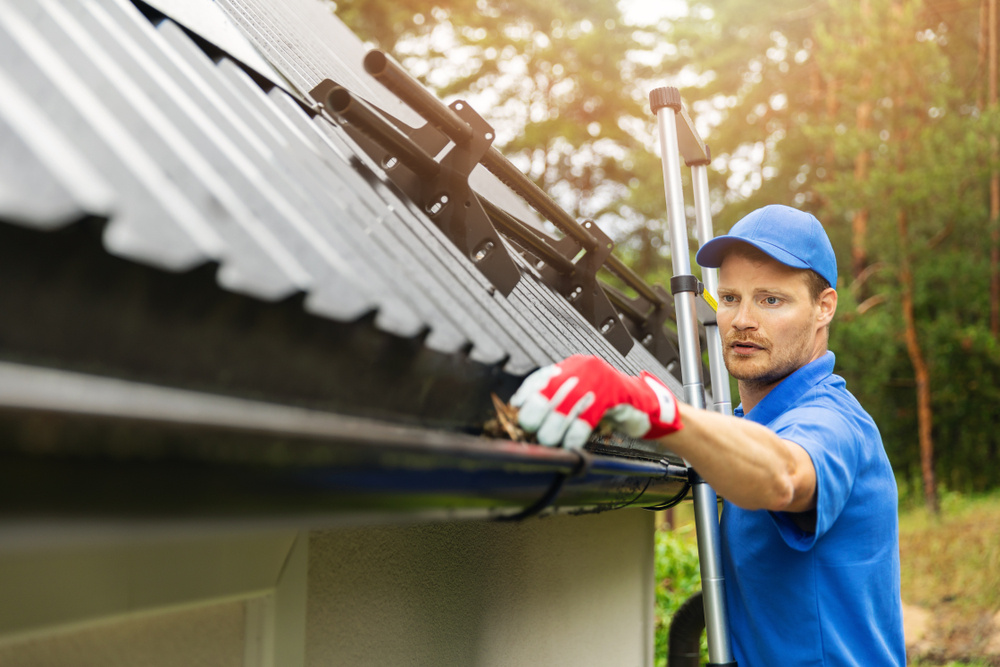
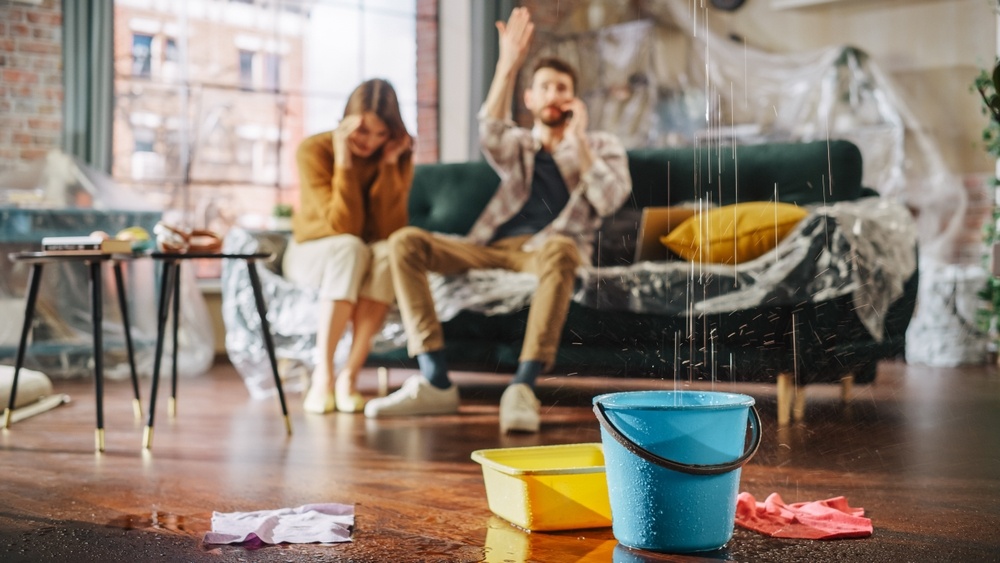
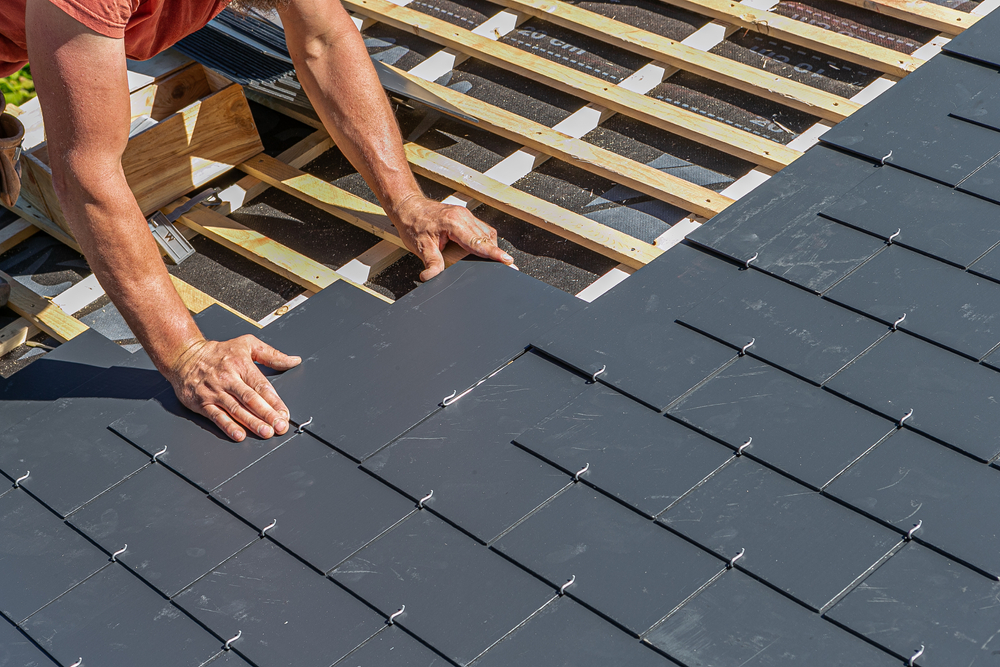
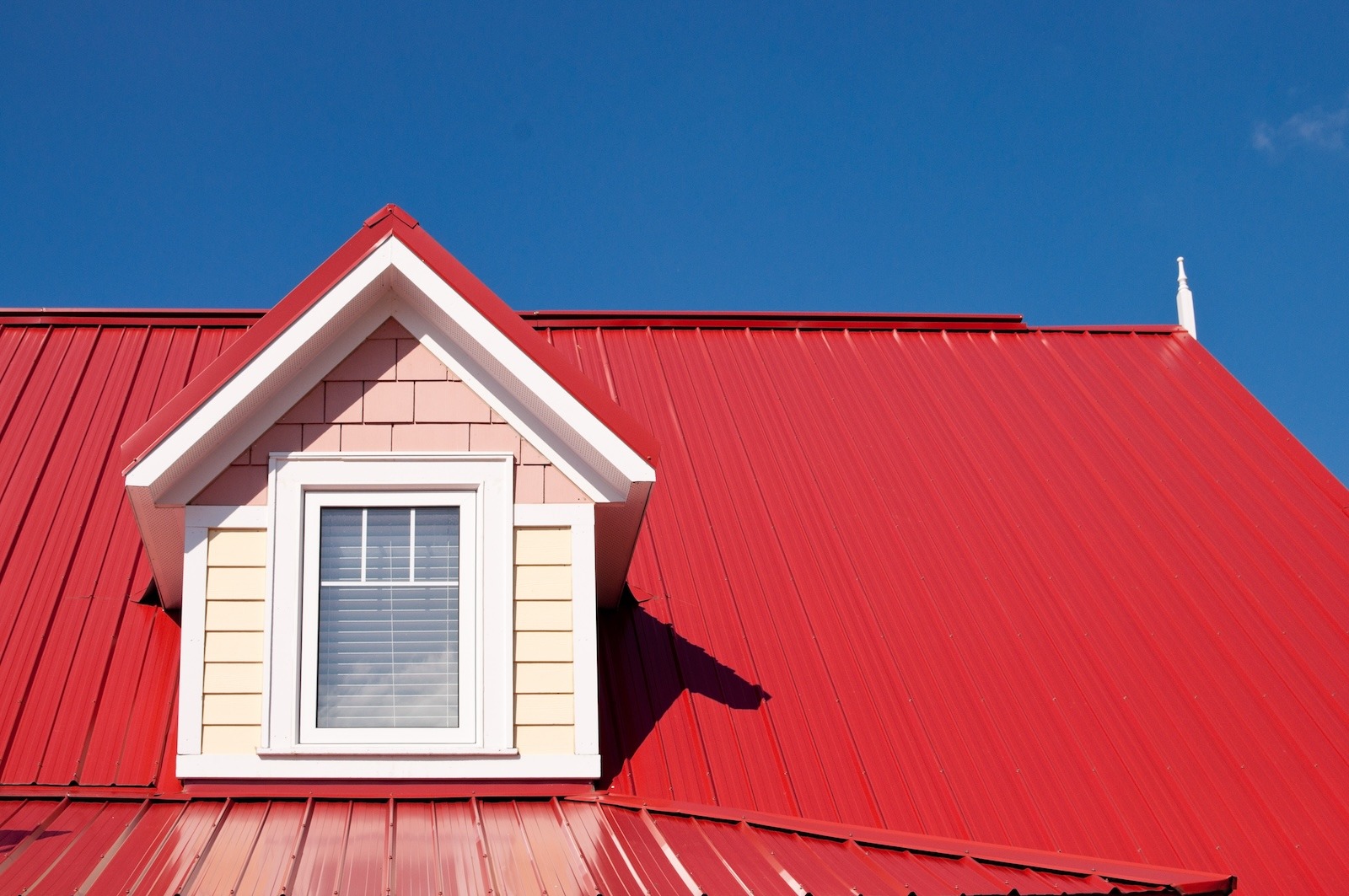
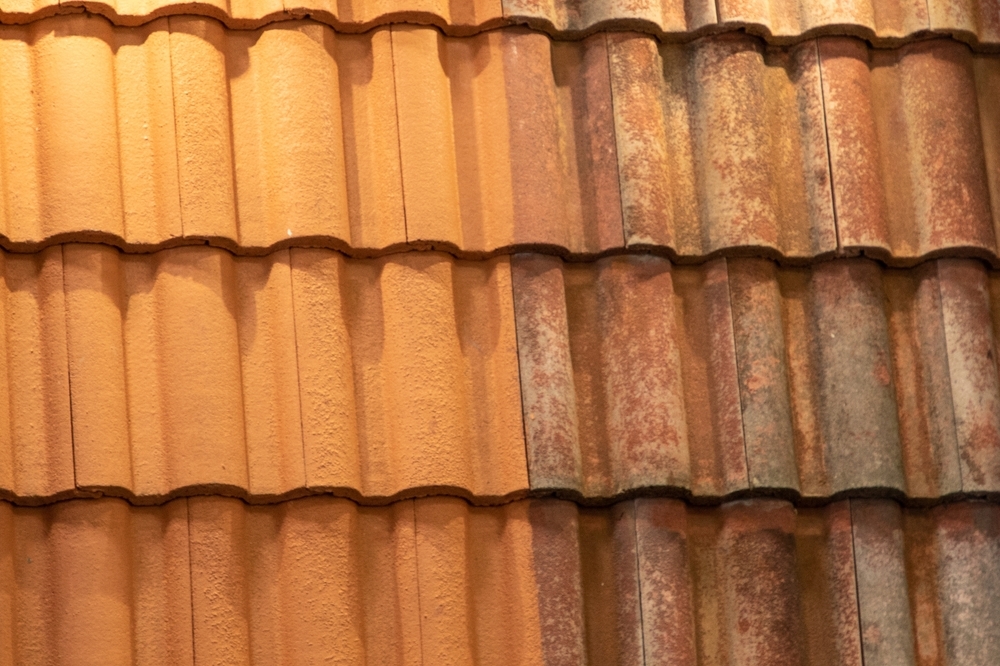
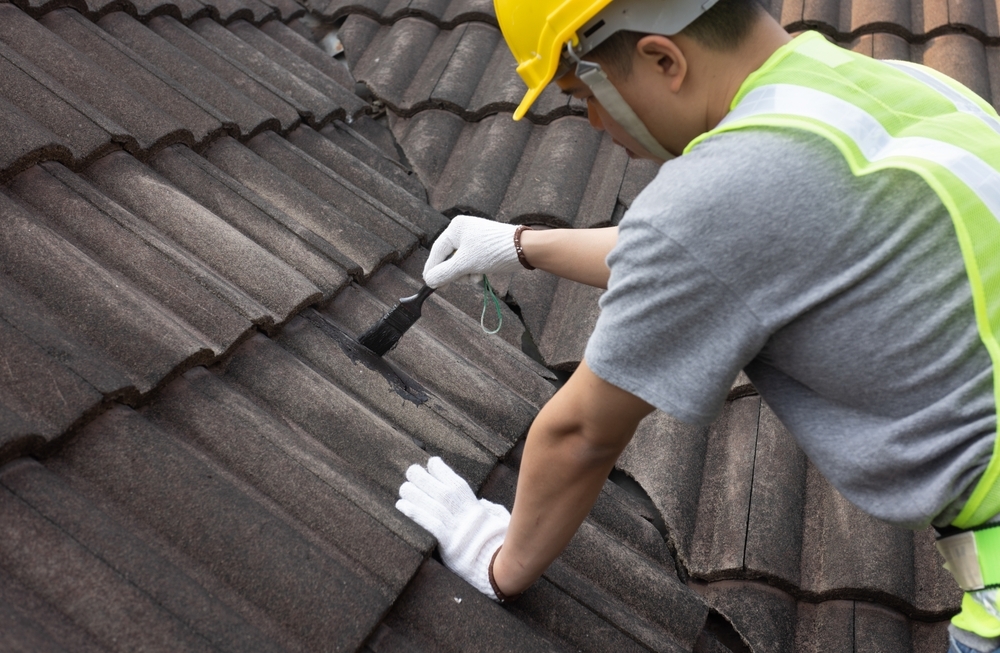
.jpg)
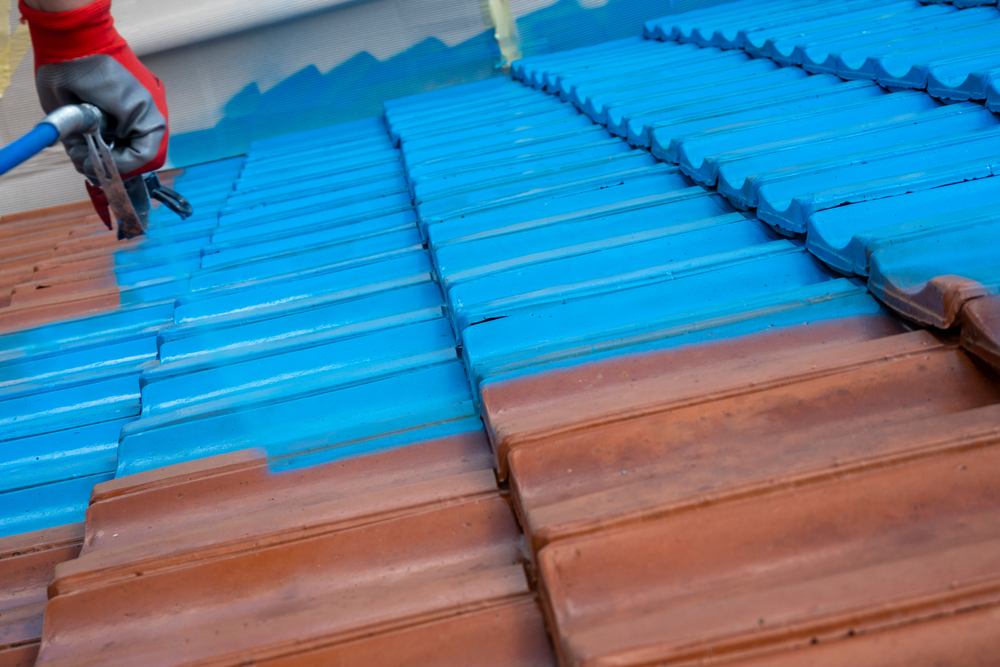
.jpg)
